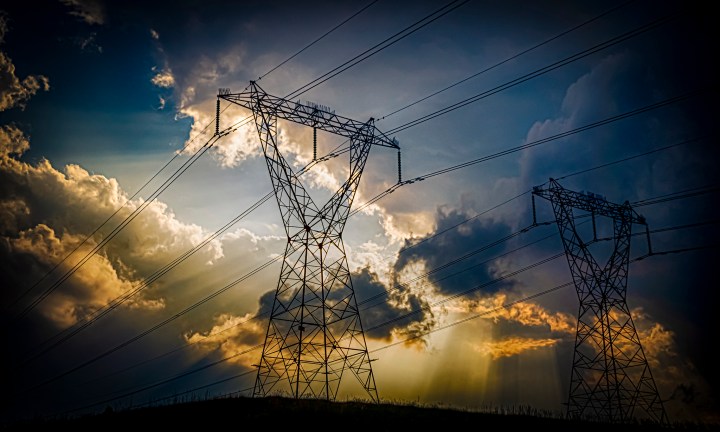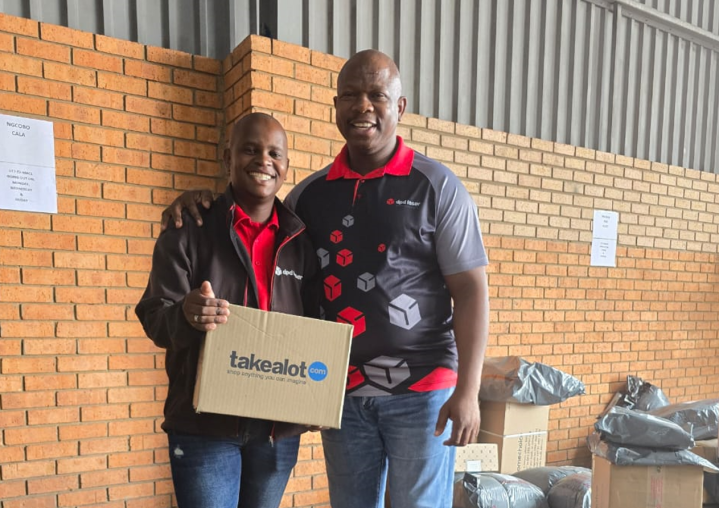ISS TODAY OP-ED
Security must be regarded as essential component in South Africa’s energy rescue plan

A successful energy mix requires not just technology and finance but heightened security around energy infrastructure, especially nuclear.
South Africa’s energy situation is dire, and a timeous rescue plan is all that stands between citizens and catastrophe. A key part of that plan is moving away from the current state monopoly towards a wider variety of energy providers.
The failure to ensure a reasonable energy supply has created an atmosphere of crisis in every facet of the economy. Rising fuel costs play a role, but rolling blackouts on the back of Eskom’s generation failure is the biggest contributor. This not only threatens economic growth but raises vulnerability to crime and insecurity — both organised crime and that associated with protests.
To grow the economy, South Africa needs investment to diversify its energy generation in favour of renewables. This will also help the country stay within the boundaries of its global commitments to the United Nations Climate Conventions.
An energy mix, with new investments primarily in low-carbon generation, would include solar, wind power, hydrogen, nuclear and lower emission options like gas power generation. While these changes are positive, the potential security risks must be noted and mitigated, especially in the case of nuclear.
An important catalyst is the Just Energy Transition Partnership deal between South Africa and the International Partners Group comprising the European Union, Germany, France, the United Kingdom and the United States. The goal is to unlock $8.5-billion in finance and investments to kick-start the journey.
This has been followed up with a JET Investment Plan for the first five years. The R1.5-trillion plan is currently in a consultation phase facilitated by the Presidential Climate Commission. The plan’s core move to a low-carbon economy will include companies and private sector participation, according to President Cyril Ramaphosa’s many pronouncements and the National Energy Crisis Committee.
These steps to increase energy supply must go hand in hand with ensuring the security of energy infrastructure. The South African electricity value chain – generation and transmission systems — is protected under the Critical Infrastructure Protection Act of 2019. It is a vital asset of the country and as such, is vulnerable to sabotage, acts of terror and acts of war.
There are multiple means of sabotage, and the Institute for Security Studies has analysed cyberattacks used to destabilise both electricity and telecommunication infrastructure. While this covers the risk profiles of thermal energy generation (coal, oil and gas) and renewables like solar and wind farms (on- and off-shore), the nuclear case requires special attention.
Visit Daily Maverick’s home page for more news, analysis and investigations
Nuclear energy in South Africa is governed by three laws — the Nuclear Energy Act (1999), the National Nuclear Regulator Act (1999), and the National Radioactive Waste Disposal Institute Act (2008).
The development of nuclear energy creates anxiety because of its links to the dangers of nuclear weapons. The nature of the nuclear fuel cycle is such that the preparation of nuclear fuel for energy is just a few steps away from the production of nuclear fuel with weapons-grade capability. The Iran nuclear deal, under threat since the Donald Trump administration pulled out, is a case in point.
At the same time, private ownership of nuclear power plants isn’t new. According to the Energy Information Administration, most plants in the US are significantly if not entirely privately owned. The options are rapidly increasing with the commercialisation of Pebble Bed Modular Reactor (PBMR) technology originally developed in South Africa in the early 2000s, before being halted in 2010. X-energy head Andre Pienaar presented this as a revived option at African Energy Week in Cape Town in January.
With backers and partners like Bill Gates’s TerraPower, this could be a viable prospect. China calls its version a High-Temperature Reactor – Pebble Module. The plant in Shidaowon, Shandong Province, is running at full power after being connected to the grid at the end of 2021. It will eventually provide 650 MW from six PBMR modules.
In the security equation, innovation and development have significantly reduced the risk of smaller-scale nuclear options like the PBMR. At the same time, this option provides an easier entry for new players, which is positive. But as we move from a few large operations and operators to many smaller ones, the regulatory and compliance environment must be equally innovative and robust to mitigate risk.
South Africa and Africa have a high-risk security profile. The possibility of political movements, armed groups or fundamentalists choosing to target energy infrastructure or weaponise energy installations represents a clear and present danger.
South Africa and many other countries on the continent, including Egypt, Morrocco, Kenya and Namibia, are planning and investing in their energy diversification. This has invited significant interest in partners outside the continent. Some of these African countries are now on target to not only turn around their energy security challenges, but become energy exporters.
Along with lining up Africa’s technology, finance and investment plans, governments must pay attention to the regulatory environments and high level of security planning and investments needed to mitigate potential risks. A failure in this respect would invite unmanageable security risks. DM
Dhesigen Naidoo, Senior Research Associate, Institute for Security Studies (ISS) Pretoria.
First published by ISS Today.



















 Become an Insider
Become an Insider
Comments - Please login in order to comment.